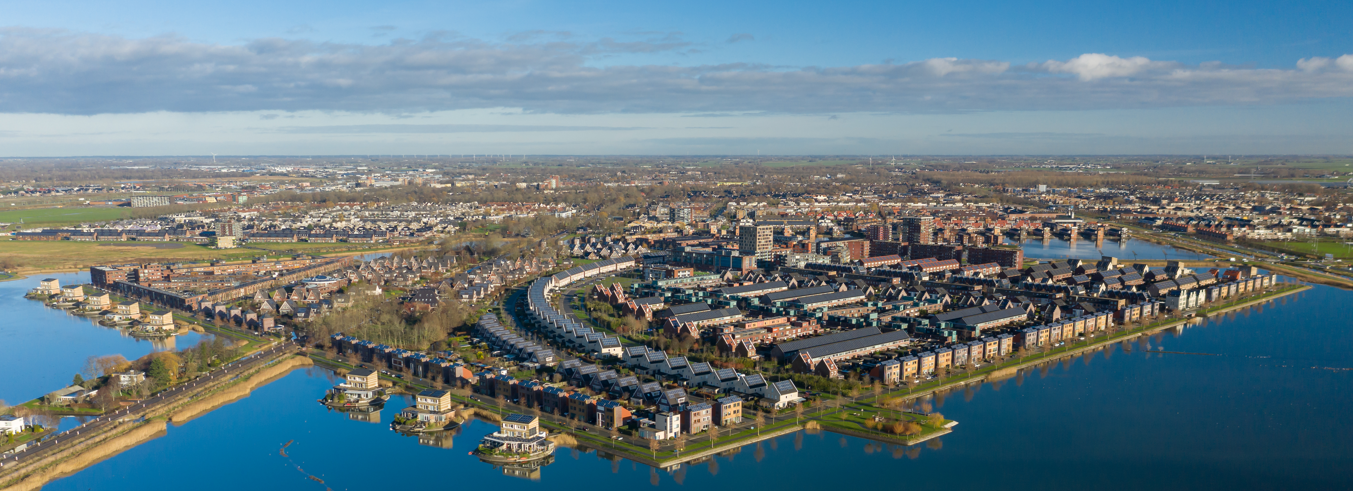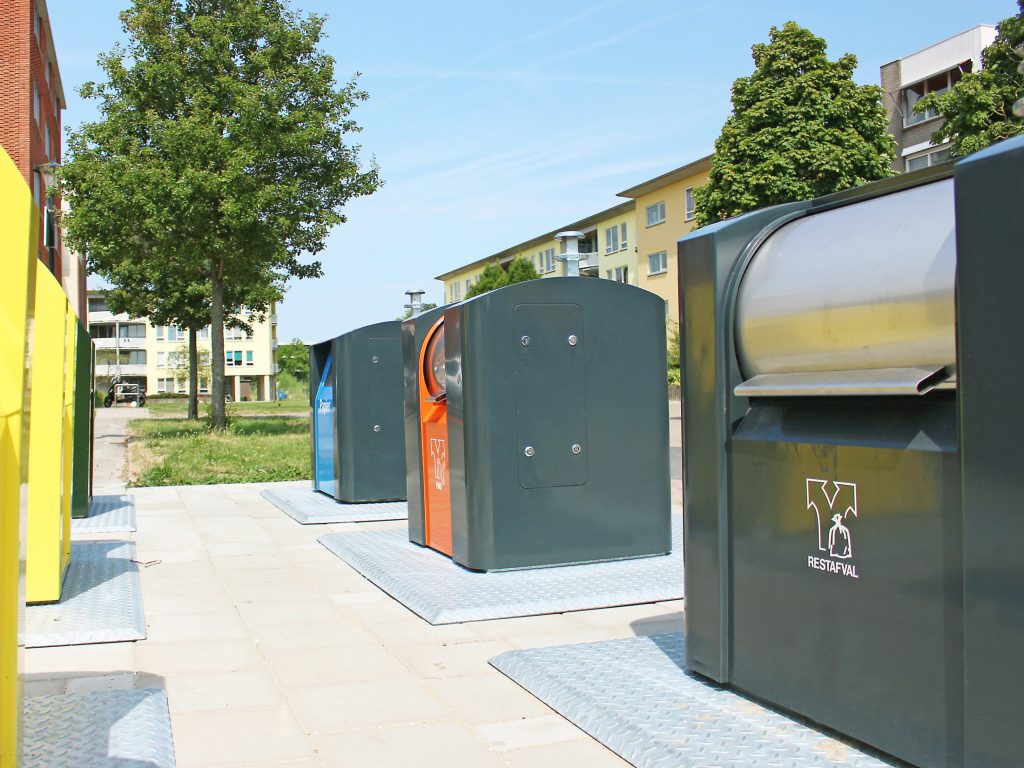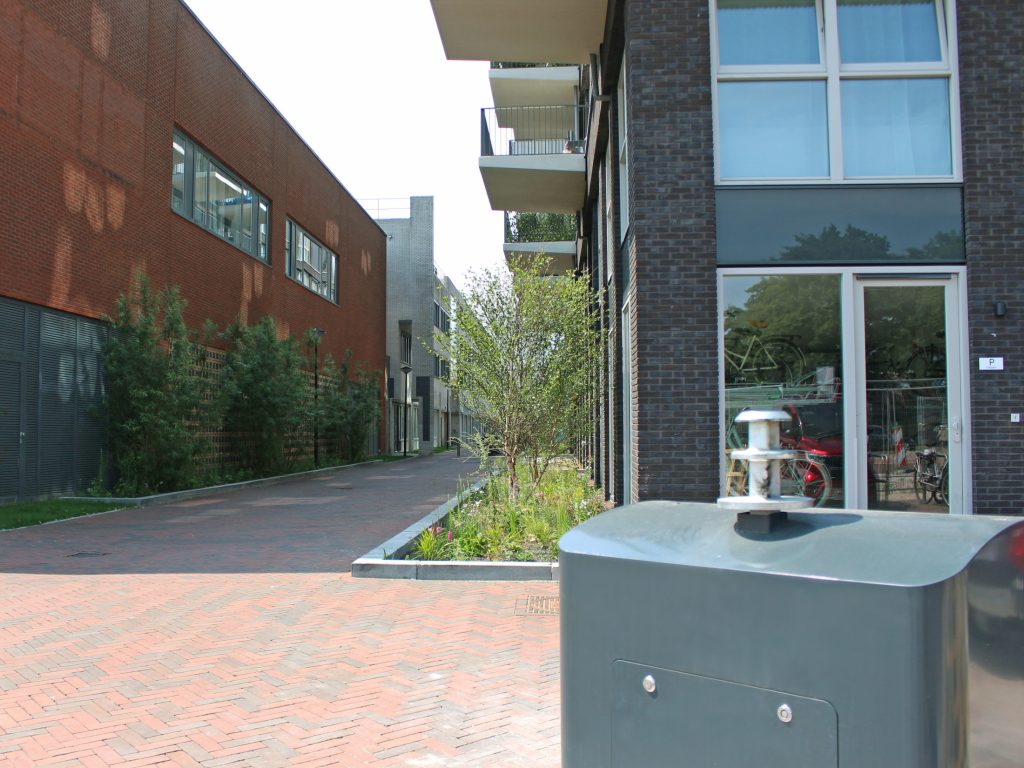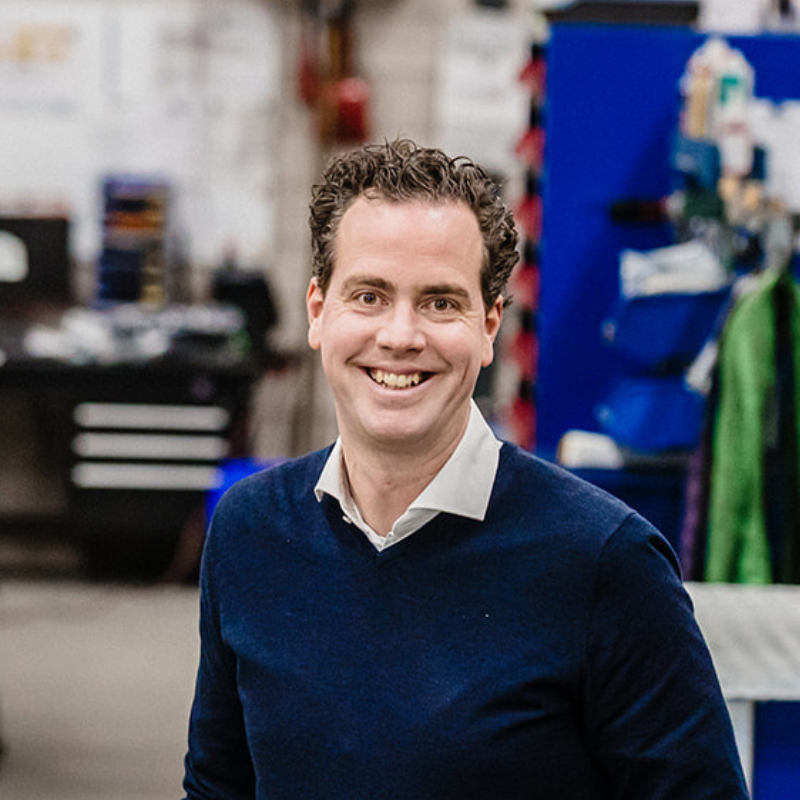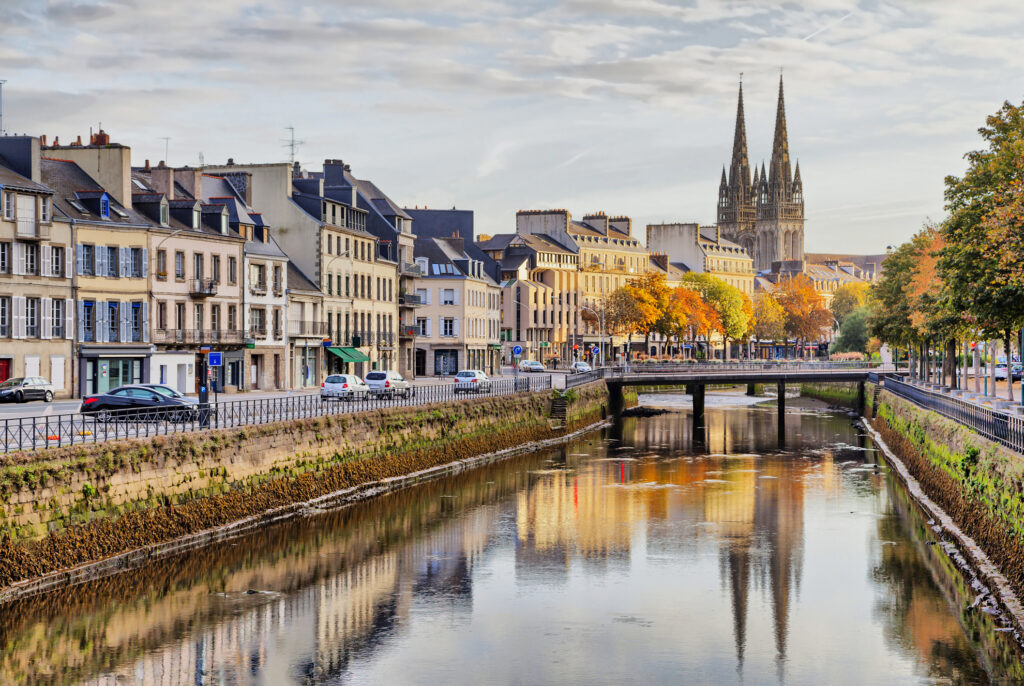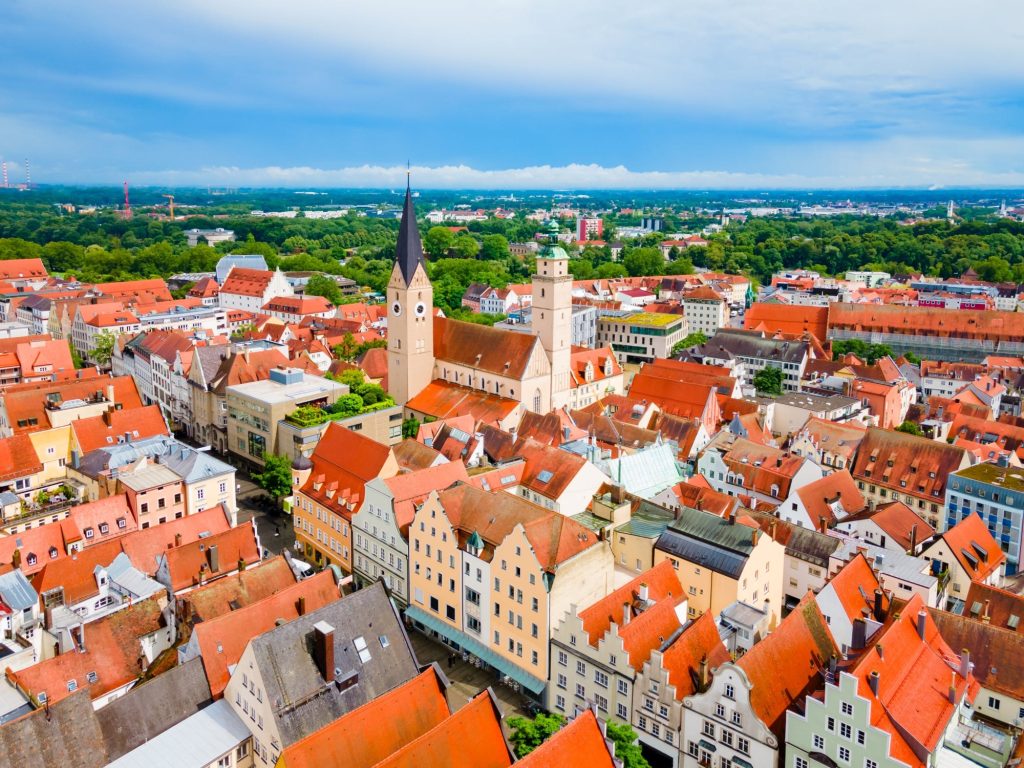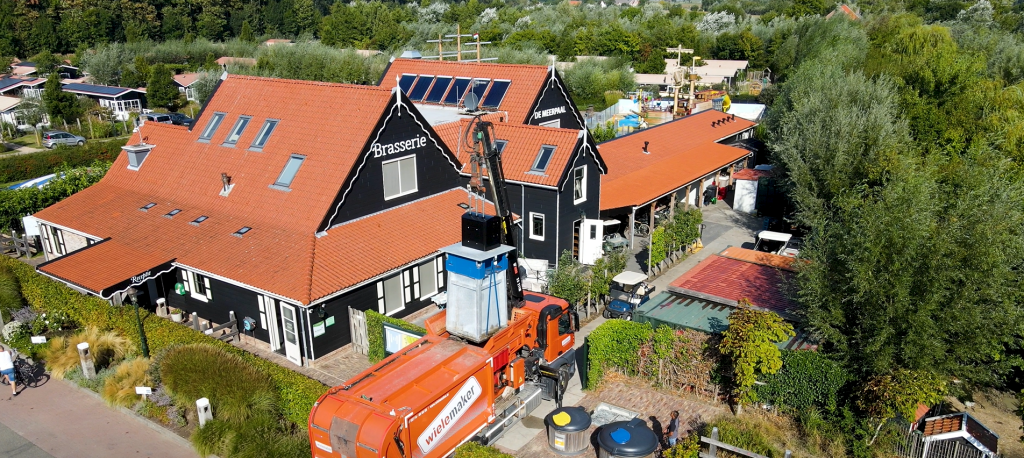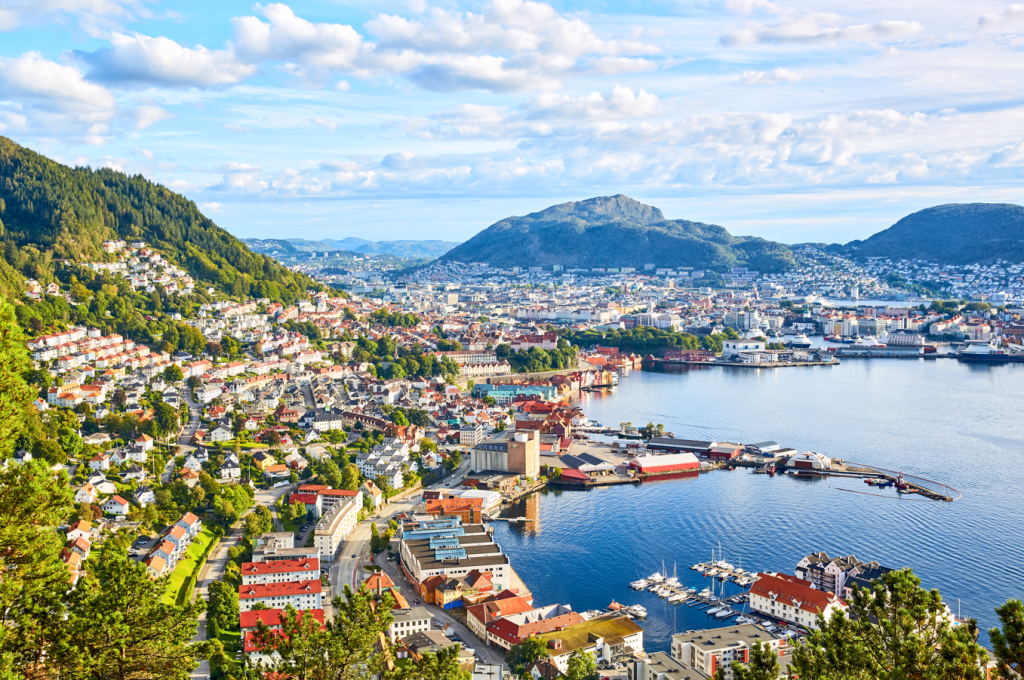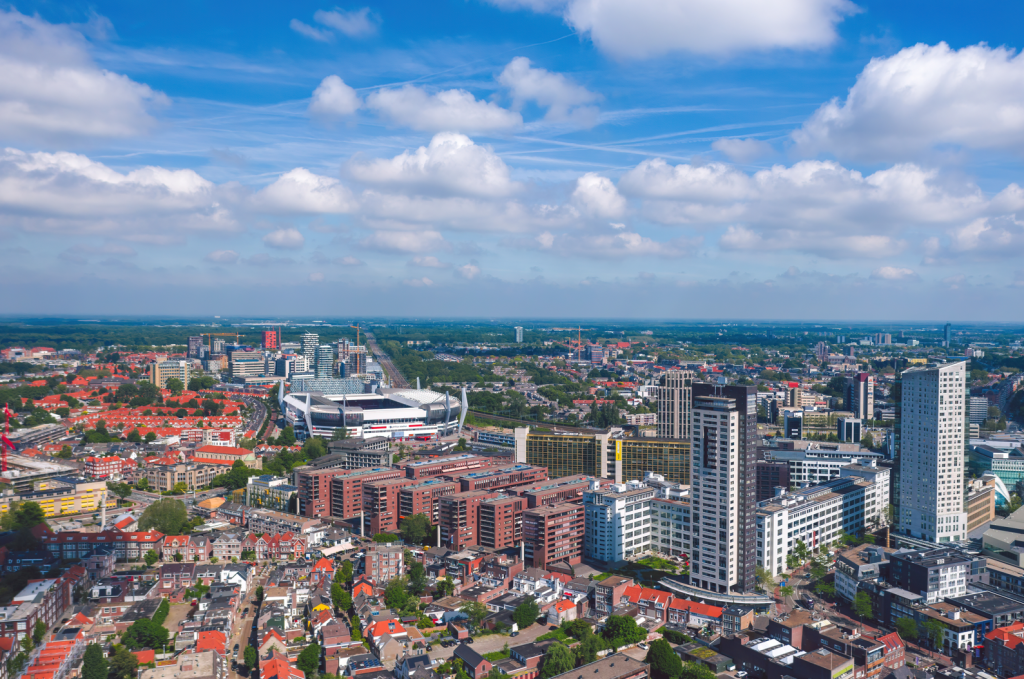Hugo de Boer, Senior Project Manager at the Dijk & Waard municipality, casts a critical eye on the urban environment. “Our scarce outdoor spaces need safeguarding. Using every square metre as sparingly as possible is vital to ensure a good quality of life in Dijk & Waard. The way in which we collect waste has an impact on the urban landscape and the routes used by waste collection vehicles.”
Heerhugowaard is a town in development, one which is expanding fast. The core area around its railway station has been designated as high-rise. This means that the density of residents is higher in a relatively smaller area. By building upwards, more dwellings can be constructed and the neighbourhood can be designed more effectively and more spaciously. The municipality of Dijk & Waard, of which Heerhugowaard is part, is pursuing a waste collection policy which aims to put waste underground in high-rise neighbourhoods.
The problem facing Hugo de Boer and his project team was where to locate the underground containers. “We wanted a concealed look, but at the same time, to make them accessible to passers-by. That’s sometimes conflicting. There are underground cables and pipes to take into account and the energy transition will mean even more of these. We aim to use less concrete and have more green so that we can deal with heavy rainfall and improve the quality of the surroundings. It’s a complex puzzle we try to solve in discussion with town planners and property developers.”
